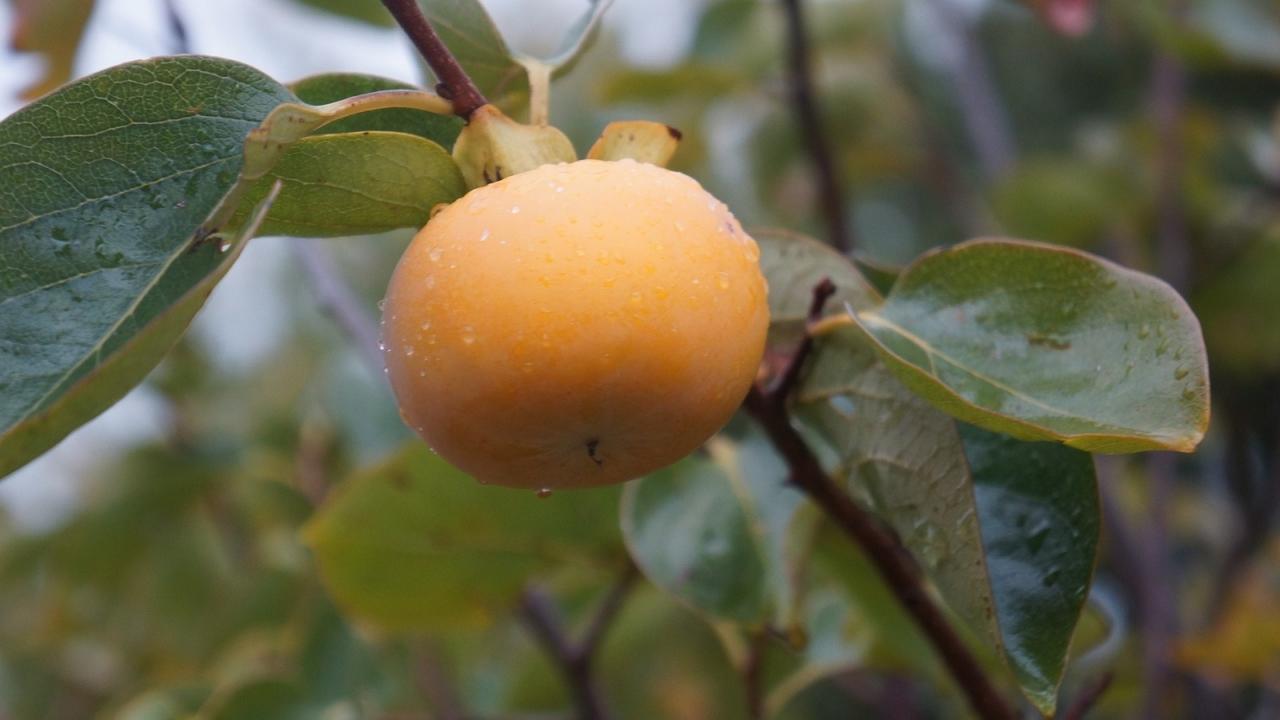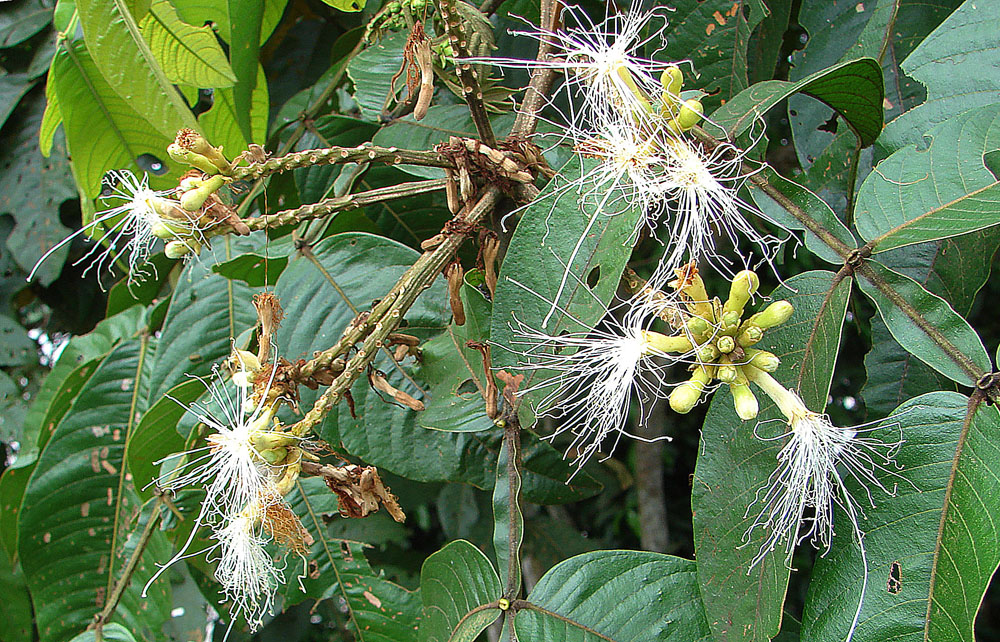7 Unique Fruit Trees for Southern California

Looking to try something new and fresh that your tastebuds will enjoy? Explore these semi-tropical fruit trees that grow well, with proper planting and care, in our San Diego climate.
Many local nurseries carry many of these varieties, so visit them to see if one or more of these unique fruit trees are right for your yard!
Jujube - Ziziphus jujuba - 25-50' h x 20-30' w

This small, resilient tree originated in China and has been cultivated for over 4,000 years. It produces a sweet and delicious plum-sized fruit with a dark, edible skin. The jujube thrives in sunny, warm areas and prefers sandy, well drained soils. Very little care is necessary to keep the jujube healthy and strong.
Loquat - Eriobotrya japonica - 10-25' h x 10-25' w

The loquat is popular as an ornamental plant all around the Southern California landscape. It is likely you have passed by one without realizing how sweet its fruit are! This small evergreen tree produces small pear-shaped fruit that are yellow-orange in color. They do best in full sun but will tolerate partial shade. Many varieties exist, so taste test for the one you enjoy!
Persimmon - Diospyros spp. - 15-35' h x 15-30' w

Persimmons are a bright-orange fruit that taste similar to a very sweet apricot. Unlike many fruit trees, hey hold their large, delicious fruit into the winter. Persimmons are relatively easy to grow, and do well with regular watering. Their seeds are hard to propagate however, which makes young trees a bit on the expensive side.
Ice-Cream Bean - Inga edulis - 15-35' h x 15-30' w

The ice cream bean gets it’s name from the sweet taste of the pulp inside. This large, resilient tree was used as shade for cocoa and coffee plants in South America due to its fast growing period. It thrives in warm, sunlit places and is an interesting and delicious treat for kids.
Pineapple Guava - Acca sellowiana - 3.3'-27' h x 5'-15' w

The pineapple guava is a very popular shrub-tree in Southern California. It produces small, sweet, green fruit and uses very little water. The pineapple guava’s flower petals are just as sweet and delicious as its fruit and great in salads or on ice cream! Full sun, occasional deep watering, and well draining soils will keep this tree happy.
Tamarind - Tamarindus indica - 15'-25' h x 12'-20' w

Tamarind is used as a flavoring in many diverse cultures around the world. It pulp is sweet and slightly acidic, and the young green pods can be used as flavoring for many savory dishes. This slow growing, evergreen tree thrives in dry arid climates and well draining soil. Seedlings and saplings need adequate moisture for establishment, but can be reduced once mature.
FREE REPORT - 8 Ways To Save Water In Your Landscape
Learn the techniques we use on a daily basis to maximize your water budget.
